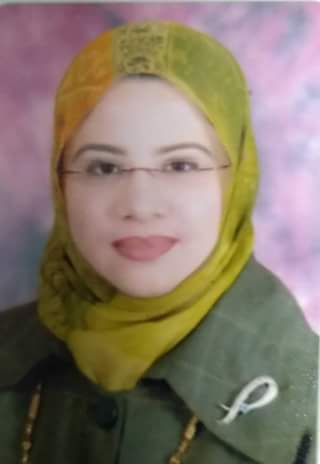Psoriasis is one of the most common chronic, inflammatory, T-cell-mediated autoimmune diseases. Narrow-band UVB (NB-UVB) therapy is widely used in the treatment of psoriasis; however, its mechanism of action is still not well understood. The objective of this study was to investigate the circulating T-lymphocyte subpopulations in psoriasis patients before and after NB-UVB, to get insights into the mechanism of NB-UVB in the treatment of psoriasis. The severity of psoriasis was assessed by means of the Psoriasis Area and Severity Index (PASI-score). The percentage of CD4+ T helper, CD8+ T cells, CD4+ CD25+T reg cells and CD4+ CD161+ T h17 cells were determined in the peripheral blood mononuclear cells in 40 untreated psoriasis patients with moderate-to-severe disease (PASI-score ≥12) and in 30 age and sex matched healthy controls using flow cytometry. Psoriasis patients were treated with NB-UVB therapy three times / week for 8 weeks. Disease severity (PASI-score) and T cells frequencies in the blood were evaluated on enrolment (W0) and at 8 (W8) weeks. Compared with healthy controls, psoriasis patients with active disease had significantly higher proportion of peripheral CD4+Th, CD8+ T cells, and CD4+CD161+Th17 with lower proportion of CD4+CD25+Treg cells. Patients demonstrating marked improvement after NB-UVB phototherapy with significantly reduced circulating Th1and Th17 and CD8+ cytotoxic T cell levels while increasing Treg cell levels with a highly statistically significant difference after therapy (P<0.001). In conclusion, our data indicated that the overexpression of CD4+Th, CD8+ T cells and CD4+CD161+Th17 cells together with the decreased frequency of Treg cells may play an important role in the pathogenesis of psoriasis. NB-UVB phototherapy is an effective and safe treatment for psoriasis acts through the inhibition of CD4+Th and CD4+CD161+Th17 cell immune response as well as the promotion of Treg cell immune response.

